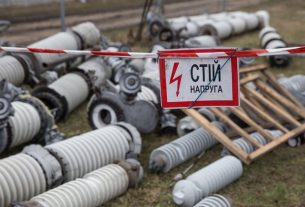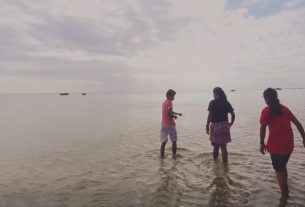The gut microbiome is a diverse community of viruses, bacteria, and fungi that has a close connection to both health and disease. Depending on the animal’s evolution, lifestyle, and environment, each animal has a unique gut microbiota.
According to previous research, animals kept in captivity have gut communities that have been disrupted, which can lead to illness. Since human urbanization affects ecosystems all over the world, scientists are interested in how this might change the microbiomes of the affected wildlife.
Gathering Wildlife Microbiome
Researchers in the US looked into this issue by determining whether wildlife living in cities and wildlife living in rural areas have different gut microbiomes. They examined the gut microbiomes of several native North American species, including white-crowned sparrows, coyotes, and various anole lizard species, which have populations in both urban and rural areas.
To get a picture of each animal’s gut microbiome, the team combined DNA from fecal samples. The microbiome contains many different microbial species, and each species has a distinct DNA sequence that can be used to identify it, much like a fingerprint. Amplicon Sequence Variants are the name given to these fingerprints (ASV). To get a picture of each animal’s gut microbiome, the authors looked for ASVs in the microbial DNA from fecal samples.
…And Also Human Microbiome
The researchers used pre-existing datasets to compile DNA information for coyotes, sparrows, and people.
The coyote dataset included DNA from rural and urban populations in Leduc and Edmonton, respectively. Data from San Francisco’s rural and urban populations were included in the sparrow dataset. They gathered human data from three datasets, including US urban, semi-urban, and rural populations, Tibetan and Cameroonian rural, and Malawian and Venezuelan rural populations
The researchers also extracted DNA from feces that they had collected from lizards in Puerto Rico. This includes urban lizards in Mayagüez, rural lizards in Maricao, as well as semi-urban lizards in Quemado.
Shifting to a More Human-Like Microbiome
The authors used machine learning and statistical methods to analyze ASVs in each animal population after compiling the DNA data. They discovered that compared to their counterparts in the countryside, the microbiomes of urban coyotes, sparrows, and lizards were more comparable to those of humans.
A gradient of human-like microbiome similarity could be seen in the ASVs from lizards living in urban, semi-urban, and rural areas. These findings indicated that the gut microbiomes of lizard populations were more similar to those of humans the closer they were to urban areas.
Urban sparrows, coyotes, and lizards’ microbiomes resembled those of people in some ways, but they still shared more traits with their rural counterparts. This meant that although these animals’ microbiomes were slightly shifted toward more human-like microbes, they did not exactly resemble those of urban dwellers.
Microbiome Diversity
The authors were also interested in understanding what variables might have altered these animals’ gut microbiomes. According to their theory, urban wildlife microbiomes may have gained or lost microbes, making them more similar to humans.
They evaluated the variation and frequency of ASVs – these distinct microbial fingerprints – using statistical analysis to measure the diversity of the microbial populations to study the loss or gain of microbes within each species’ microbiome.
According to the team’s analysis, urban humans had less diverse gut microbiomes than their rural counterparts. In contrast, urban coyotes, sparrows, and lizards had more varied gut microbiomes than rural populations. According to the team’s interpretation of these findings, urban animal populations had increased rather than decreased in gut microbes. They even discovered that the lizards had acquired a bacterial species that is a significant component of the human microbiome.
Urban vs. Rural
The authors put forth two theories to explain why humans and urban wildlife species have similar gut microbiomes. One was that human and wildlife microbiomes could be similar as a result of urban environmental pressures like pollution or dietary changes.
The second was that bacterial spillover, a process that can directly transmit the human microbiome to nearby wildlife. However, because the urban human samples and the urban wildlife samples came from different locations, these authors were unable to directly test bacterial spillover in their study.
According to News Medical, rarely, but occasionally, viruses can spread from one species to another. This is referred to as a spillover event, but it may also be an infection spillover or a pathogen spillover.
The researchers hypothesized that this information showed for the very first time that now the gut bacteria of urban wildlife can change to resemble that of humans.
The next step, according to them, will be to ascertain how these modified microbiomes may affect the health of wildlife. Additionally, they suggested that future research look at the diet of rural and urban wildlife to understand how various foods may contribute to these alterations in gut microbes. Sciworthy reports.
Dillard and his fellow authors published their research paper in the journal eLife.
Related article: Mountain Lions Roam Neighborhoods in Search of Food, Water, New Habitat – Experts Say
© 2023 NatureWorldNews.com All rights reserved. Do not reproduce without permission.



